MICROGravity and gse
AN UNIQUE TESTING ENVIRONMENT
For the FloripaSat-I mission be successful its first engineering model (EM-I) had to be tested on board of a sounding rocket VSB-30 in order to validate their design in a relevant environment that is microgravity.
In this first model of FloripaSat-I the OBDH and TT&C modules were in the same board for testing. For the flight test conducted by the V30 rocket it was not possible to add an antenna, therefore to test TT&C it was configured to transmit data internally from the Beacon Radio to the Transceiver Radio.
After the integration process carried out at the UFSC, the EM-I boards were sent to the Department of Aerospace Science and Technology (DCTA, in Portuguese), with support of the Brazilian Air Force, to be submitted to the flight acceptance tests.
The VSB-30 rocket was launched from the Alcântara Launching Center in December 2016, carrying the EM-I boards of FloripaSat-I.
The flight results were considerably different from the results obtained at the laboratory. This has allowed important modifications to be made on the design EM-II, the second engineering model of the FloripaSat-I.
A major modification was the decision to split the PCBs in 3 parts, each one dedicated for EPS, OBDH and TT&C, exclusively.



